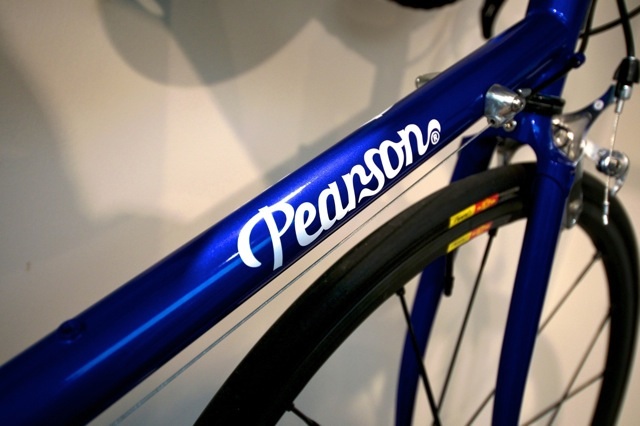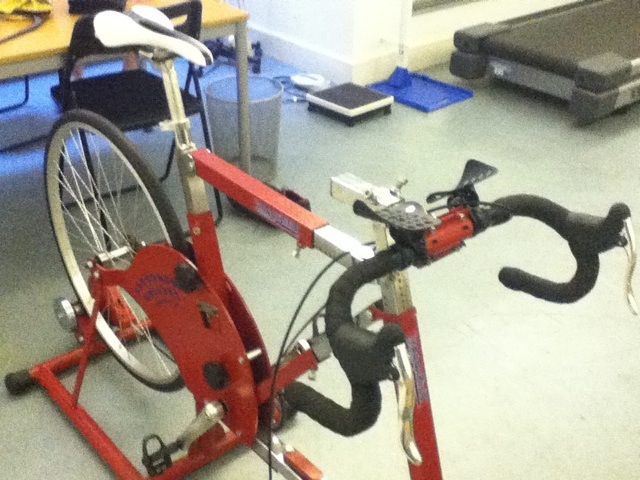The Halfords Tour Series reached a suitably exciting conclusion yesterday, less than a week after the London IG Nocturne.
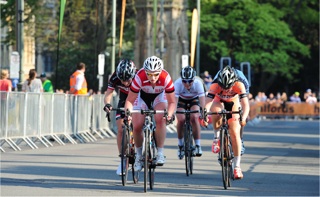
If you have a circuit or criterium race near you and want a piece of the action, here are some tips to help you get the most out of the experience.
We talked to coach, Jo McRae, who raced for Look Mum No Hands in this year’s Johnson Health Tech Series, about the key physical and mental challenges presented by this type of racing.
What physiological and psychological characteristics define a good crit rider?
Criterium racing is hard and fast, so dynamic, skillful riders make the best crit riders. To enjoy crit racing you need an alert mindset to respond quickly to a rapidly changing situation. Physiologically it helps to have a good sprint or some acceleration both in and out of the saddle as crits are all about speed. Mentally you need to be reactive but also maintain a certain relaxation so that you don’t panic. You need the focus to deal with what is immediately in front of you – corners, other riders, change of pace – but also a broader view evaluating what is going on in the race as a whole, how you are feeling and what tactical choices you might make.
What skills are required to be a good ‘crit’ rider?
Physically you need good anaerobic or ‘top end’ fitness – the ability to go as hard as possible for short and slightly more prolonged periods. Rapid recovery between bouts of intense effort is important too as this can allow for brief spells of rest around the corners. Good endurance still forms the base for this type of fitness, but with the right quality work you can ‘sharpen up’, or race yourself fit without needing an enormous endurance base.
Skills rather than fitness can be the main limiting factor for many riders new to crits, as you need to be able to corner safely at speed in a constantly changing group of riders. Tactically this type of racing is very demanding too, as everything happens so fast and you need to learn to read the race quickly in order to be in the right place at the right time and not miss a move or get dropped from a group. For this reason too, it is not always the strongest or most powerful riders who do well in a crits, and sometimes being smart, more skilful or more relaxed can give you an edge and advantage against your competitors.
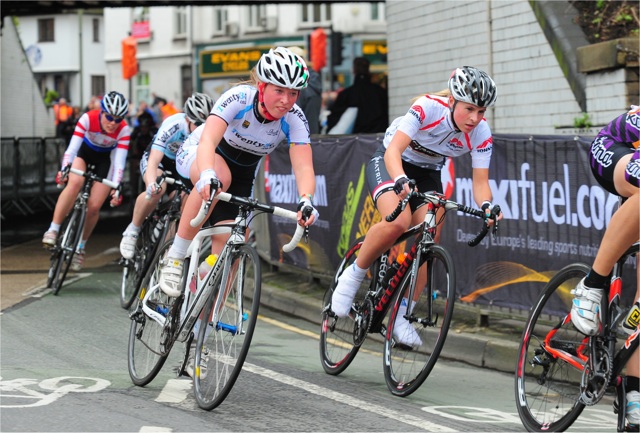
To be a really great crit rider you need to master the skill elements of cornering, following wheels and close group riding. When these aspects become almost sub-conscious, you free up a lot of physical and psychological energy to put into the race itself.
What characteristics are typical of the course for a crit/circuit and what technical and physical challenges do they present?
Circuits vary but they will all include several corners in a relatively short space of time. These may be both right and left handers, some sweeping and fast, and others much sharper requiring a slower approach and a more rapid acceleration as you exit. Getting to grips with the technical elements of cornering is really important. These include how and when to use the brakes, gear selection, and choosing the right line to take for maximum speed but also safety. The group aspects include reacting and responding to others around you, and especially anticipating what another rider is going to do, so that you are able to adapt your line or position without losing your place or your speed, and without putting yourself or another rider in danger.
Aside from the corners, when you do hit a straight section, the pace is likely to be high, and often there will be in a long ‘string’ of riders as a result. Getting on a wheel fast, working hard and staying close to maximize the draft will keep you in the race. Even small gaps will be severely punished in a fast race and may mean that you are ‘dropped’ from the group.
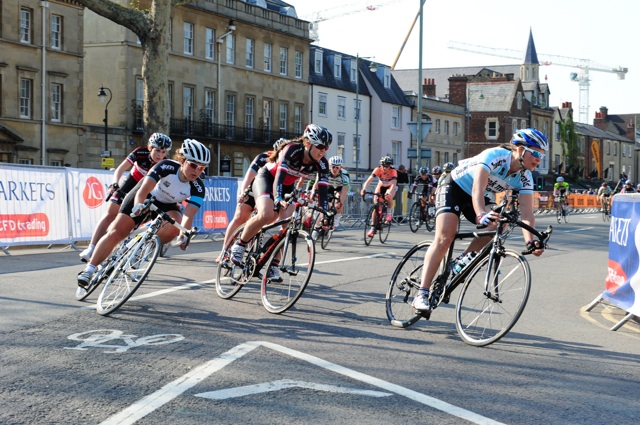
When there are moments when the pace slows and the group comes together, it is critical to keep thinking about your position. Any opportunity you get you should look to move up the group so that you don’t get caught towards the back. With a large group of riders the change of pace is much greater towards the back of the group because of the accumulative effect of having to slow down and accelerate for the corners. If you can stay towards the front you will have a much easier ride. In a crit there is no such thing as ‘resting at the back’.
Crit races are typically held during the summer. What period of training is required to prepare for an hour of sustained effort?
Fortunately, the ‘sharpening up’ process required for this type of racing doesn’t take too long to develop if you have good all round fitness. In three or four weeks you will notice a difference if you are including some hard intervals in your training. One of the best ways to gain this type of fitness is to get stuck into the racing itself, as it is often hard to replicate the type of efforts required in training. By taking part in a crit or circuit every week you will most likely notice improvements within a month.
While your physical fitness is likely to improve quite quickly, the skills element may take longer to master and probably requires more patience if you really want to get to grips with the discipline. There is no better way to improve your skills than to get involved in a race. After all, where else will you be able to practice cornering in a group on closed roads?
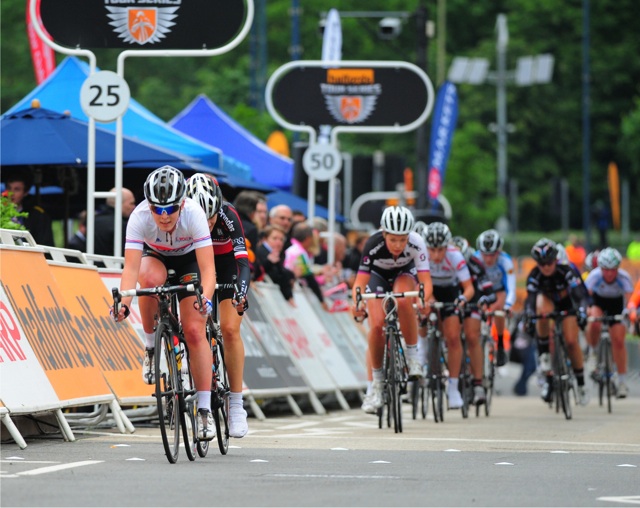
Is there a ‘best practice’ model for riding your first crit?
If you are new to circuit racing or crit racing I think the most important thing is to be realistic and not set your expectations too high. Understanding the complexity of the discipline and setting yourself specific process orientated goals will help you to analyse how you are doing and stay positive even if you are towards the back end of the race to start with. Setting a goal of ‘staying with the bunch’ is not very helpful if you don’t know how to do that.
Examples of more constructive goals might be to focus on selecting the right gears going into and out of bends, to ‘feather’ the brakes gently and use them more sparingly, or to concentrate on ‘moving up’ and positioning in the group. It may even be helpful in the beginning to have a ‘Plan B’ for if you get dropped or find yourself in a small group or on your own. That way you can make the most of your time for some quality fitness work and you will not get too demoralized.
Once you are consistent and comfortable towards the front end of the race you can begin to choose how you use your efforts and focus on tactical decisions, or have a race plan around how to get better results.
In preparing yourself for the race a fairly hard warm up will ensure you are ready for the high pace that is likely straight from the start. Twenty minutes or so progressively increasing your intensity with a few 90 per cent effort short sprints should get you physically prepared. You need to focus your concentration quickly at the start too, or the race will be over, so getting a race face on is important! If you have been at work all day and bump into some friends at the race it is all too easy to start to socialize. Save that for afterwards or you will find yourself having that chat off the back of the bunch within the first few laps!


